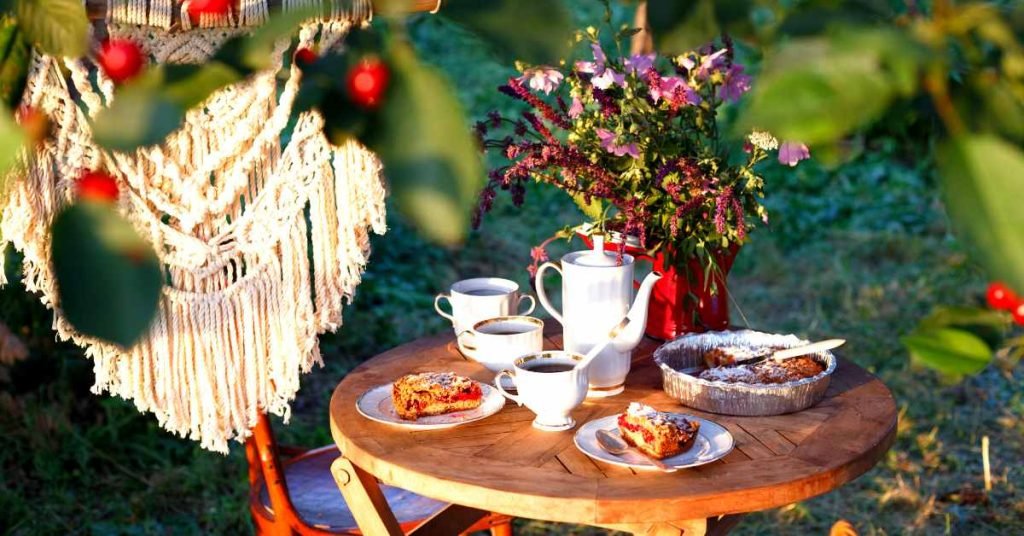Fiji produces 89 tonnes of Black tea per year.
Most of the Fijian tea ends up in Canadian, US, and Australian tea markets.
The most popular tea for the locals in Fiji is Kava, locally called yagona.
History of Tea in Fiji
Tea culture in Fiji exists for more than 3,000 years.
Kava tea is a local, sun-dried root turned into powder and then mixed with cold water.
Commercial tea plantations, however, were established in the 1800s in order to provide for the European plantation owners. Since that time, Fiji boasts mass production of Black tea for export purposes.
Tea Culture in Fiji
Kava is a bitter tea with mild relaxing properties that most local people enjoy.
It’s also popular among visitors and tourists alike who are curious to experience the island’s ancient tea tradition.
Kava is consumed cold after stirring the root powder into cold water. It can also be prepared with a bundle of fresh roots instead of powder.
The best way to experience the ceremony is to visit a local village. Modest dress code and crossed-leg sitting are obligatory, while it’s also polite to say “Bulla” (Hello) after receiving the cup of tea.
All the Kava ceremony guests sit in a circle while the host has the Kava tanoa (bowl) in front, stirring the liquid and serving the visitors.
When receiving a cup of Kava, people need to clap once and three times after finishing the tea.
Kava tea is a pleasant infusion with lip-numbing and relaxing effects, enjoyed by Fijians of all ages.
MEDICAL DISCLAIMER
Itsnevernotteatime.com cannot and does not contain medical/health advice. The medical/health information is provided for general and educational purposes only and is not a substitute for professional advice.




